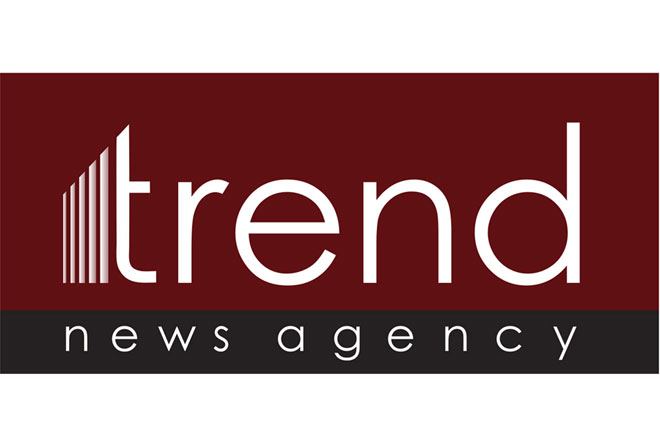TASHKENT, Uzbekistan, December 9. Once Uzbekistan’s banks establish appropriate frameworks to incorporate environmental risks into credit decisions and their internal systems, the government may further incentivize green lending through financial support measures for green funding intermediated by banks and other financial institutions, latest Uzbekistan Country Climate and development Report by the World Bank says, Trend reports.
WB stresses that the Central Bank of Uzbekistan (CBU) should focus on assessing and mitigating climate-related risks in the banking system and building bank resilience to residual risks that cannot be mitigated.
“The CBU could develop a regulatory framework that incorporates a climate risk strategy to ensure that banks pay close attention to climate-related and environmental risks and properly disclose their exposures to these risks. Moreover, the CBU should regularly assess the banking system’s exposure to these risks, develop green and sustainability dashboards, and regularly conduct and publish the results of related system-wide investigations," the bank said.
The report further says that measures to stimulate green investment through green funds, for instance, could include direct investments (debt or equity), co-investments, or de-risking instruments such as credit and equity risk guarantees.
"Improvements in bank environmental, social, and governance frameworks can build on green taxonomy and impact verification systems to help the banking sector tap the sizable resources of international financial institutions for green finance,” the bank said.
The World Bank analysts noted that 42 percent of bank lending in Uzbekistan was exposed to high-emission-prone sectors by the end of 2022, mainly through the financing of fossil fuels, utilities, and energy-intensive sectors.
“Credit to internationally defined energy-intensive sectors dominates bank lending and was the fastest-growing share of bank financing during 2021–2022. Based on actual emissions in Uzbekistan, bank lending for buildings and electricity and heat was the most GHG intensive during 2021–2022, and highly carbon-intensive sectors accounted for the greatest increase in bank lending. This may suggest that banking system exposure to transition risk is rising unless the buildings and transport loans are for greening projects,” the report said.






